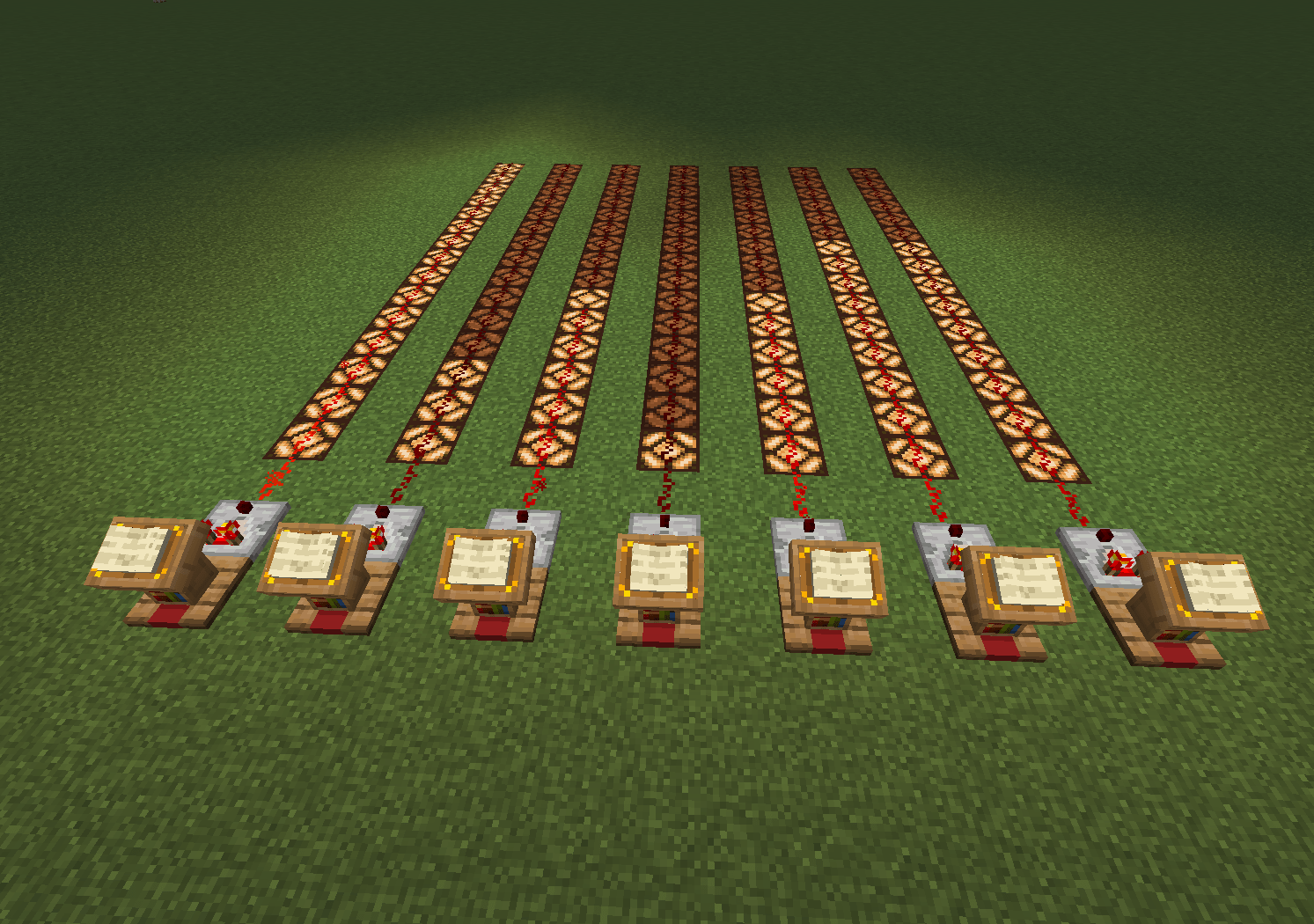This post is part of my work in the 2022 Minecraft EVO MOOC, some reflections on using Minecraft as a teaching tool. My own journey with Minecraft has always been tied to my students, if […]
Alphabet Publishing
Teacher-Created, Classroom-Tested ELT Resources

